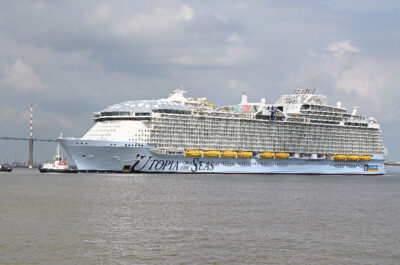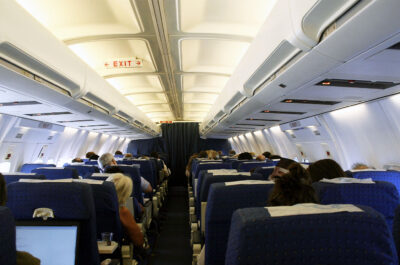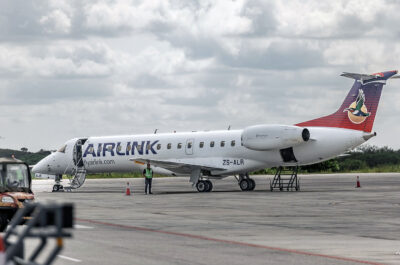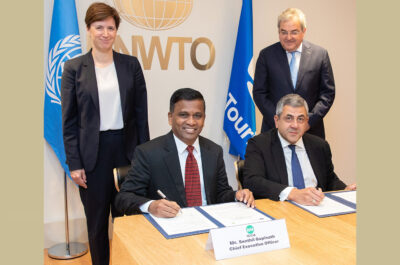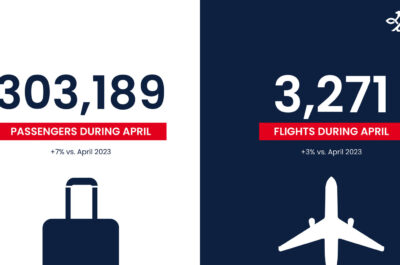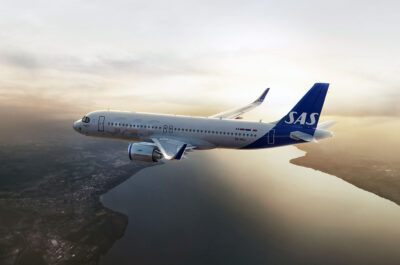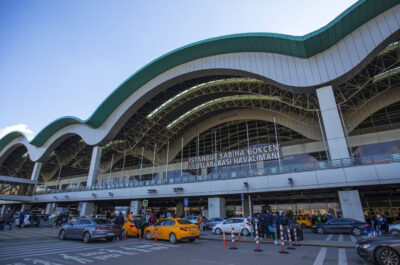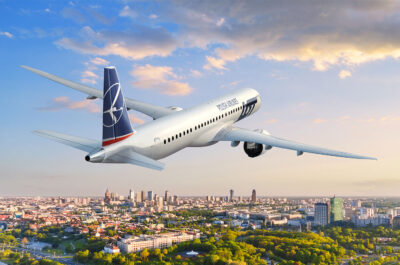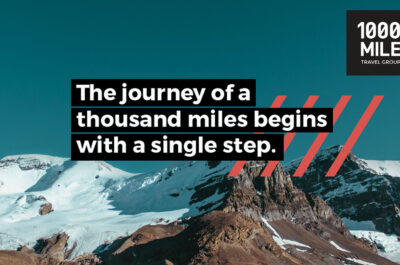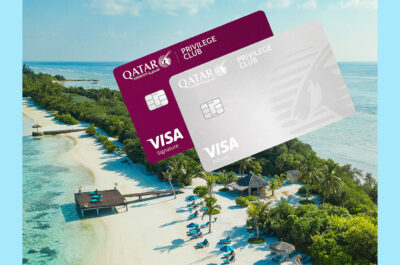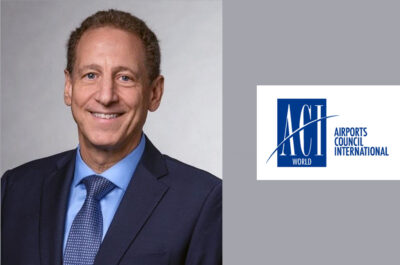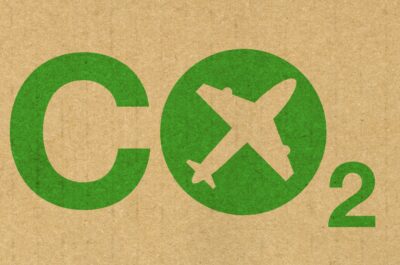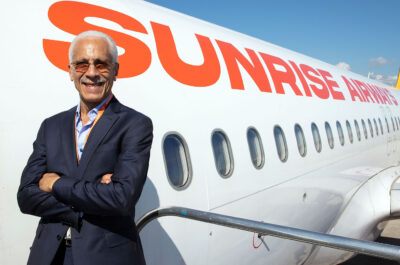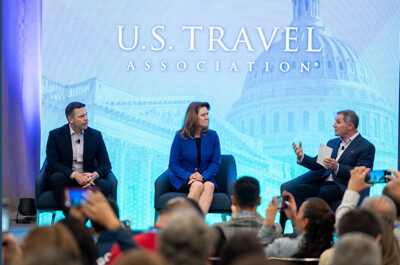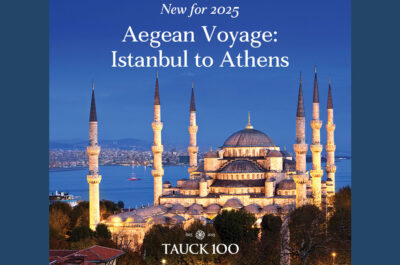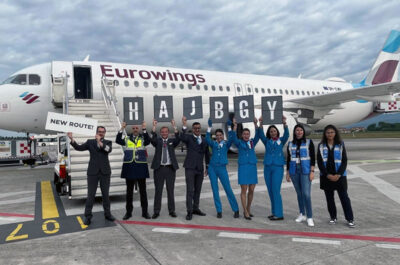The U.S. outbound travel market grew by 10 percent in 2004 when compared to annual 2003 figures…
The U.S. outbound travel market grew by 10 percent in 2004 when compared to annual 2003 figures. This is the largest number of U.S. outbound travelers ever to go abroad. This is also the first double-digit growth in U.S. outbound travel since 1995, and the first growth in outbound travel since 2000. In 2004, 61.8 million U.S. travelers went abroad, surpassing the 2000 record of 61.3 million.
Spending by U.S. travelers going abroad also set a new record in 2004 at $89.3 billion. Spending grew by 14 percent in 2004 when compared to 2003, and this growth rate is the first double-digit growth in spending since 2000 when U.S. travelers spent $89 billion abroad.
The top five countries for U.S. spending in 2004 were: Mexico, United Kingdom, Canada, France, and Italy.
The Top Outbound Markets:
Mexico
Mexico was the top international destination for U.S. travelers in 2004 with 19.4 million travelers. This volume was up 10 percent compared to 2003. Travel to Mexico has fluctuated over the last 10 years, peaking in 1996 with 20.3 million travelers.
Spending by U.S. travelers to Mexico totaled $10.2 billion, up 12 percent compared to 2003.
Canada
Canada continues to be the number two international destination for U.S. travelers. In 2004, 15 million U.S. travelers visited our northern neighbor, a six percent increase over 2003. The peak year for U.S. travel to Canada was 2002 when 16.2 million U.S. travelers visited there.
Spending by U.S. travelers to Canada in 2004 totaled $7.6 billion, up 12 percent over 2003.
Overseas
In 2004, U.S. travel to overseas markets increased by almost 12 percent compared to 2003. A record 27.4 million travelers visited overseas countries last year.
The top five overseas markets visited by U.S. travelers in 2004 were: the United Kingdom, France, Italy, China (combined total for the PRC and Hong Kong), and Germany. Destinations that experienced the highest growth in visitation in 2004 were China, up 72 percent, the Philippines, up 63 percent, India, up 51 percent, Greece, up 49 percent, Colombia, up 38 percent and Ireland, up 31 percent.
Spending by U.S. travelers to all overseas countries (which excludes Canada and Mexico) in 2004 totaled $71.5 billion, up 14 percent over 2003.
Profiles of the U.S. Overseas Traveler:
U.S. Department of Commerce also released a profile of the U.S. travelers who visited overseas destinations (excluding Canada and Mexico). The profile provides key information on the travel patterns, traveler characteristics and spending by U.S. travelers going abroad. In addition to providing an overall profile, a further breakdown is provided for leisure/VFR travelers and those traveling on a business/convention trip. There are 32 different pieces of information available on the U.S. outbound traveler that can assist the industry in understanding these travelers. The data on the U.S. outbound travel market is obtained from the Department of Homeland Security`s I-92 database that provides the only source for total U.S. travel to overseas destinations. This population database is used in conjunction with Commerce`s Survey of International Air Travelers. Other data for Canada and Mexico is obtained from their respective governments.
Select overseas traveler highlights, comparing 2003 to 2004 include:
- The top cities of origin for U.S. travel to overseas destinations in 2004 were: New York City; Nassau, NY; Chicago, IL; Los Angeles, CA; Washington, DC; and Miami, FL.
- The top ports of departures for U.S. citizens were New York (JFK), Miami, Los Angeles, Chicago, and Newark.
- Advance trip decision time increased from an average of 80 to 86 days and airline reservation times moved up from 49 to 55 days.
- The Internet continues to grow in importance as a source of information and for booking international airline reservations, although it still rates second to travel agents.
- Pre-paid packages registered a slight decline from 13 percent to 12 percent of overseas travelers in 2004.
- The main purpose of the overseas trip was leisure/recreation/holiday for 38 percent of the travelers, down slightly from 39 percent. Visiting friends and relatives was the second highest main purpose of trip at 33 percent. Business travel comprised 22 percent of outbound travel.
- The average length of trip increased from 15.9 nights spent outside the USA to 16.2 nights in 2004.
- Eleven percent of travelers were on their first international trip, up from nine percent, and the average number of trips taken by U.S. travelers going overseas in the last 12 months was 2.8. In 2003, it was 2.9.
- Top activities for U.S. travelers included: dining in restaurants, shopping, visiting historical places, visiting small towns and villages, and sightseeing in cities.
- Average international airfare was $1,405, up 5 percent from $1,335, and the average trip expenditure per visitor outside the U.S. was $1,317, up nine percent from $1,206 in 2003.
- More males traveled abroad than females. The average ages of males and females were 46 and 43 years old, respectively.
- Average household income was $110,100, down two percent from $112,100 in 2003.
Theodore is the Co-Founder and Managing Editor of TravelDailyNews Media Network; his responsibilities include business development and planning for TravelDailyNews long-term opportunities.




























































